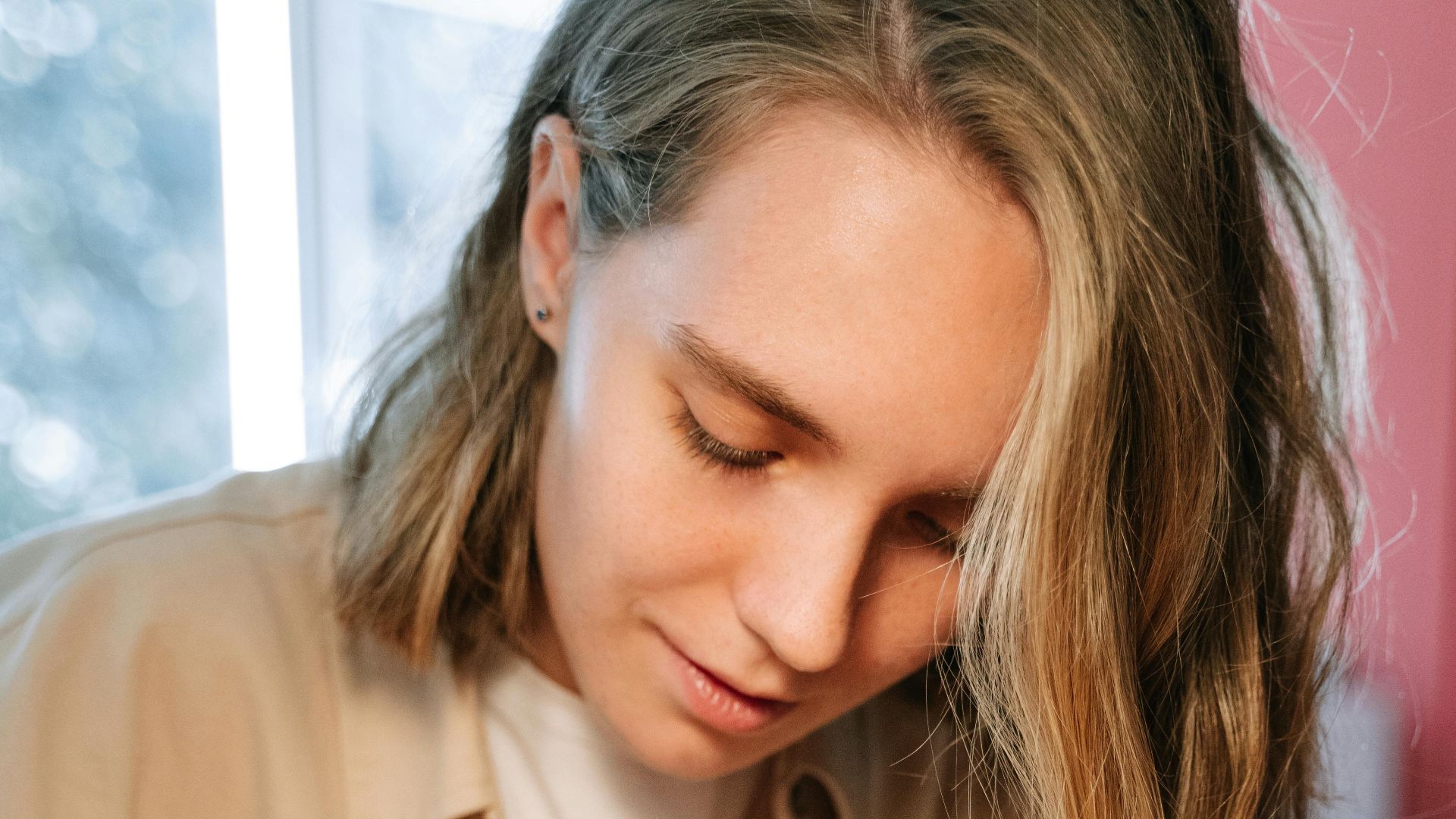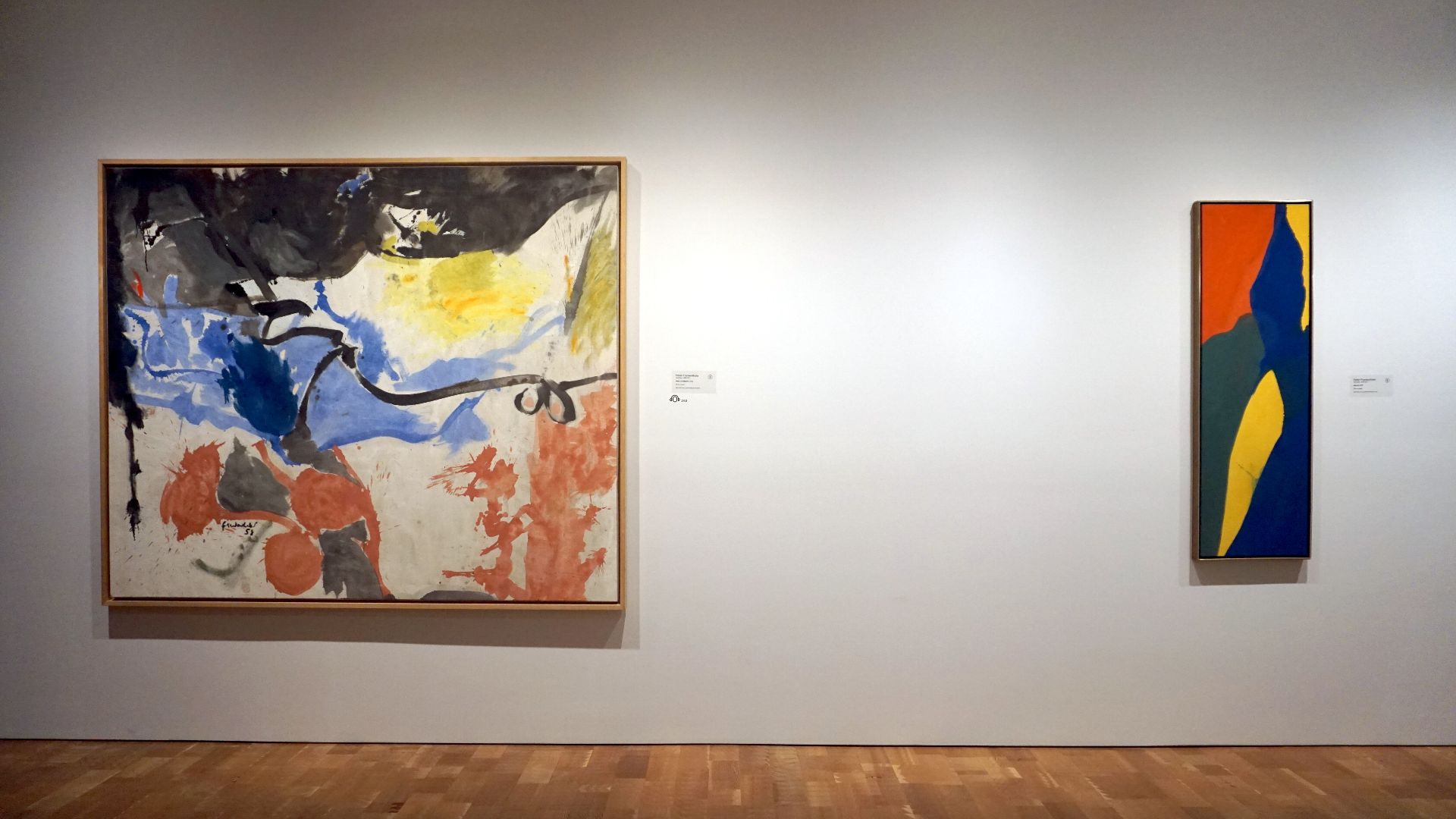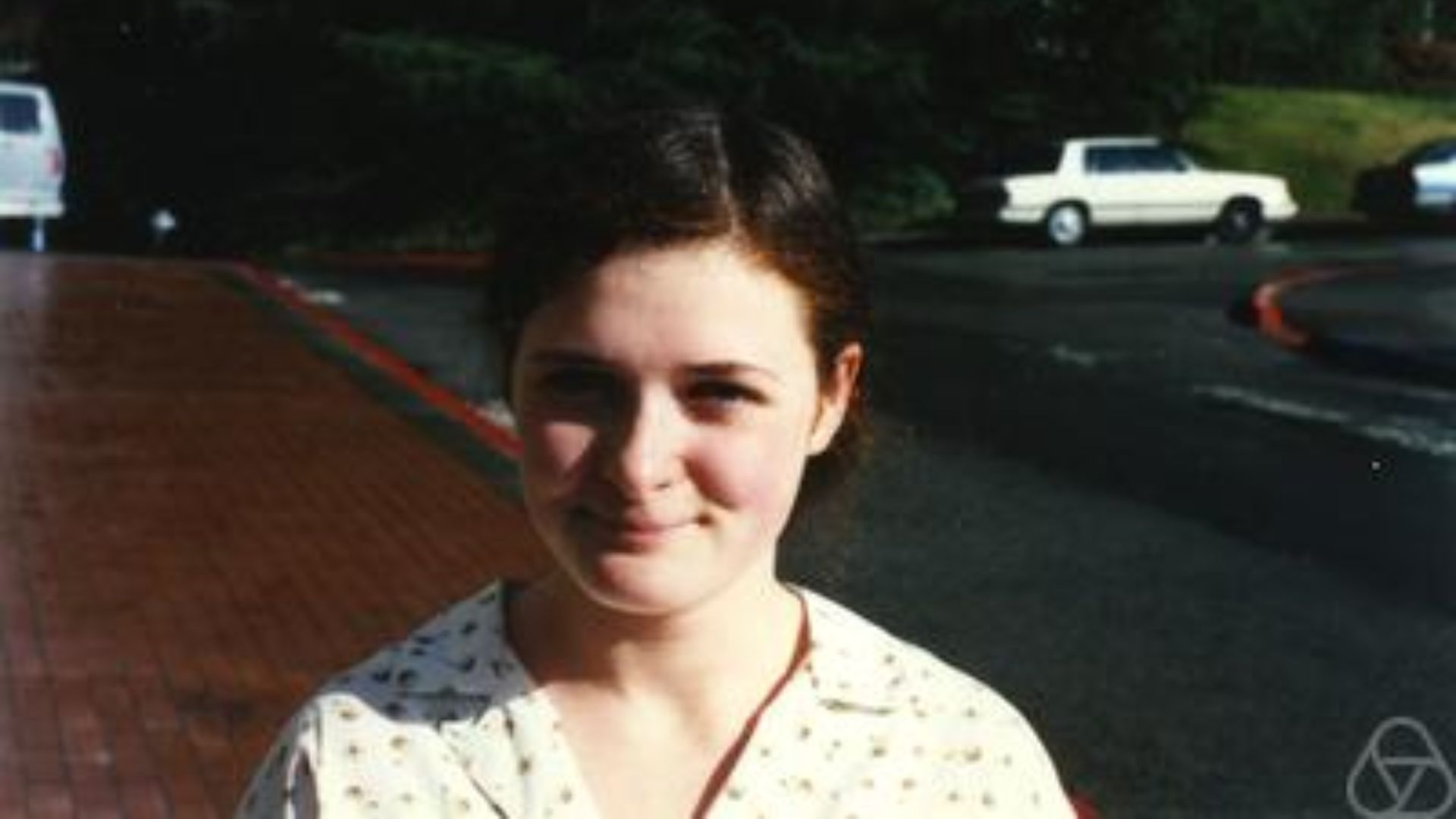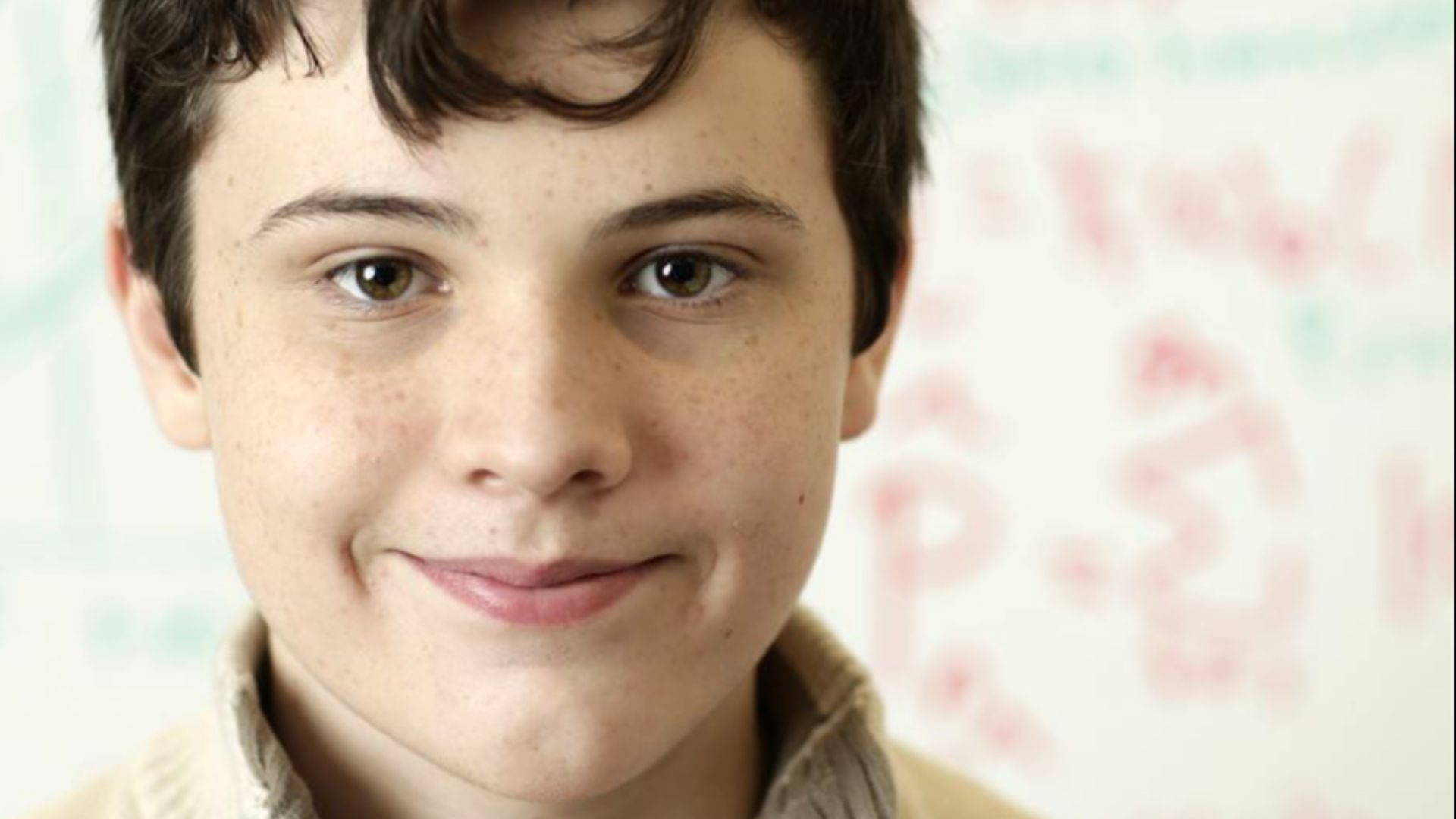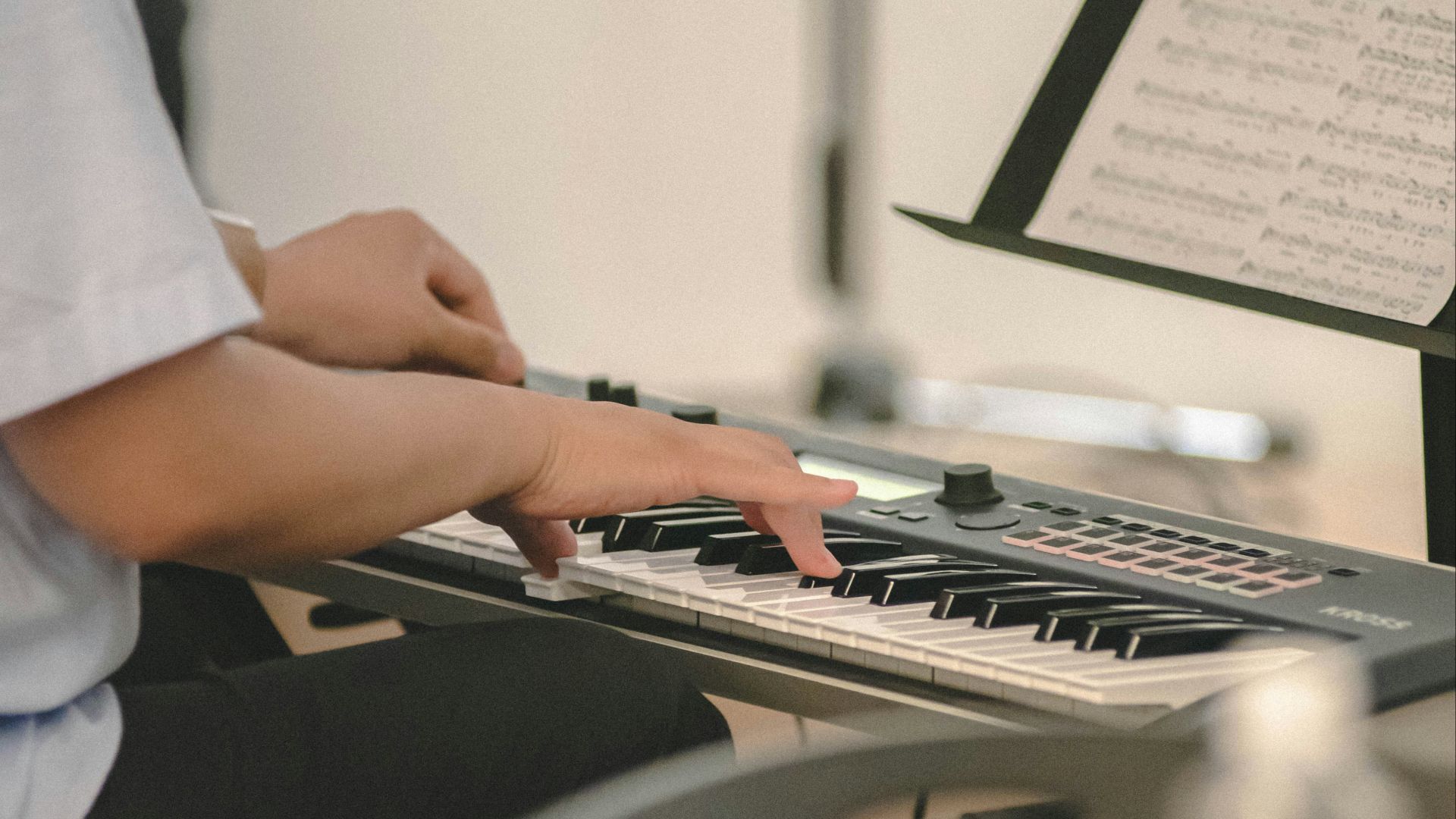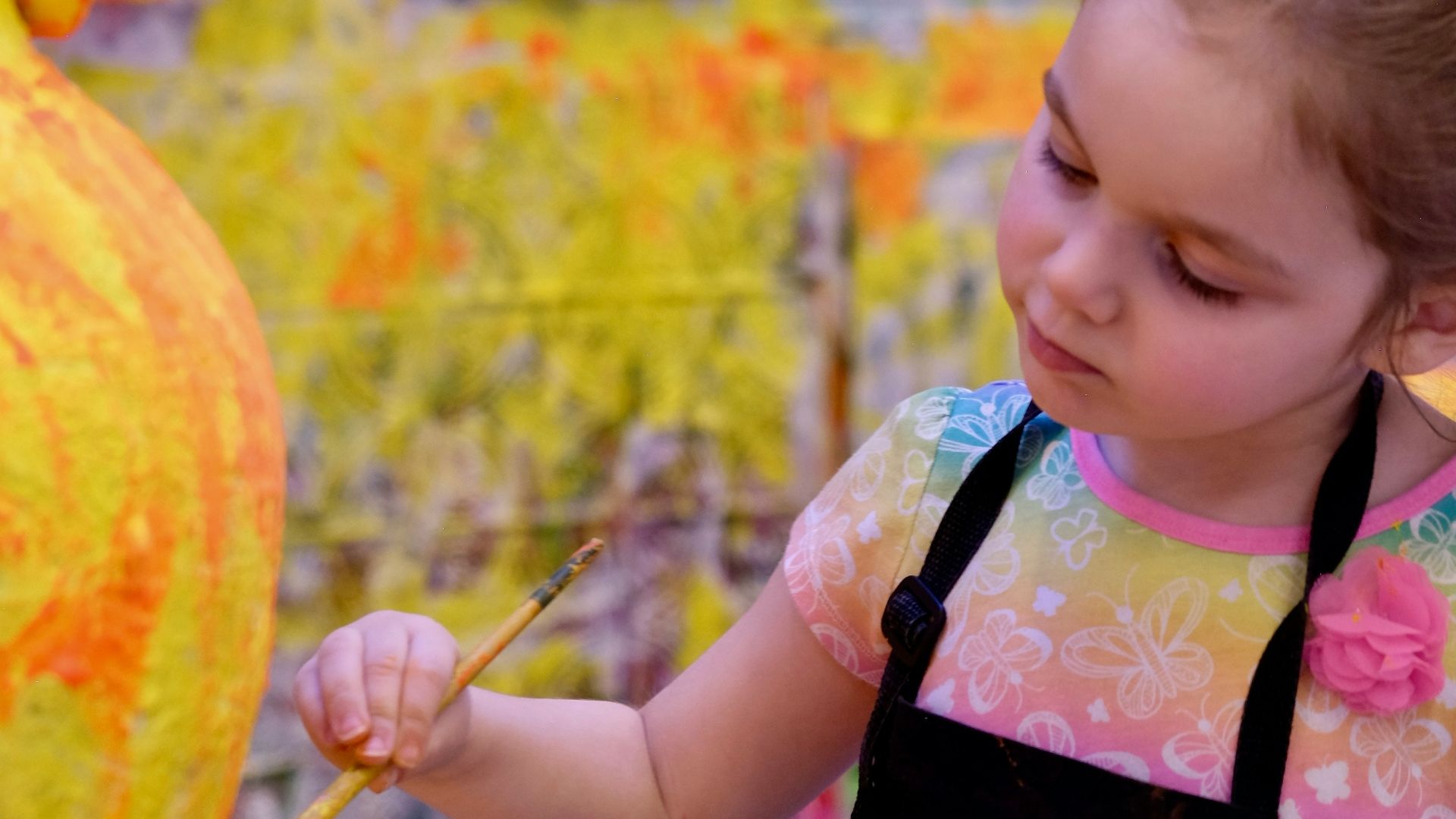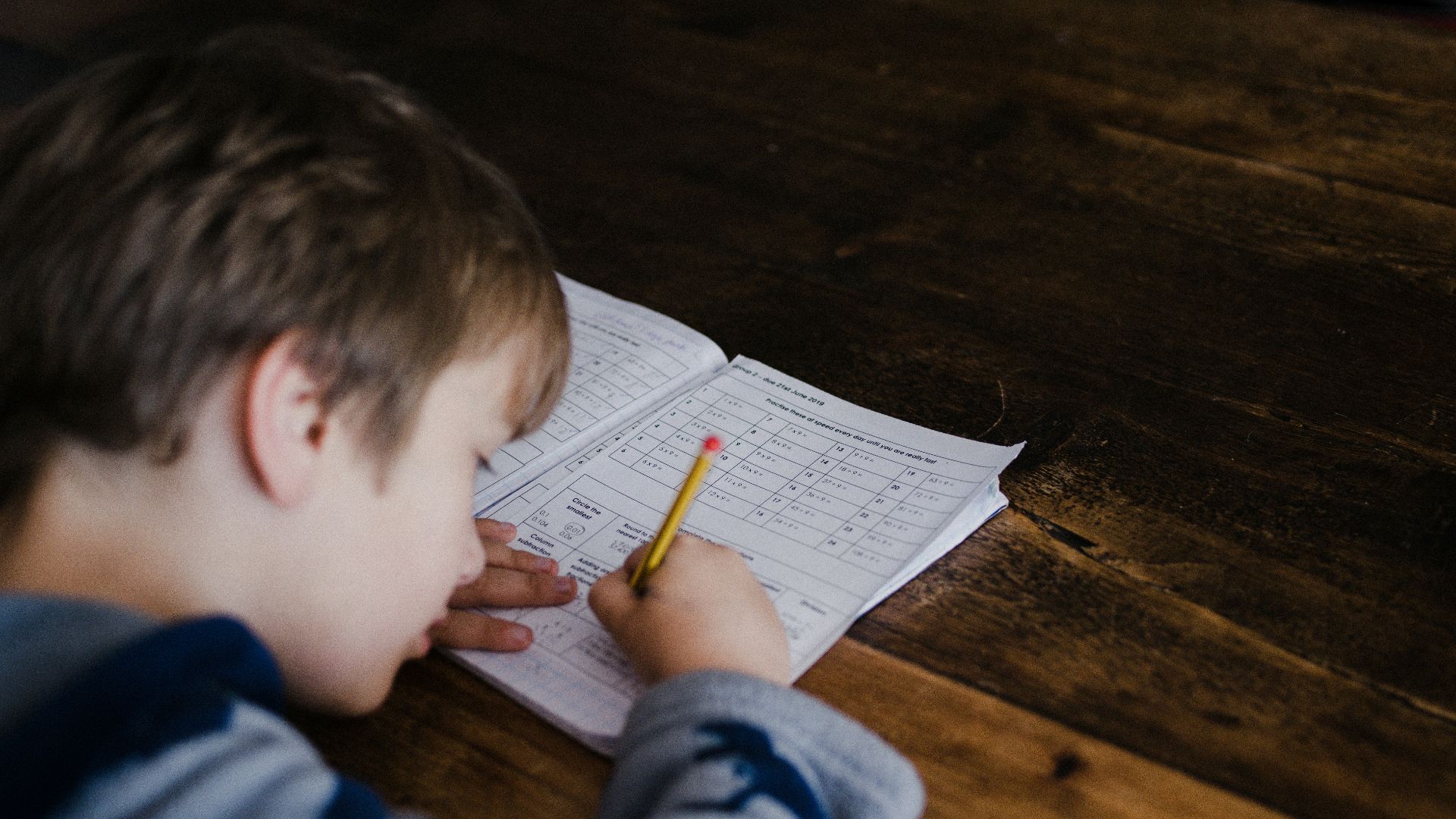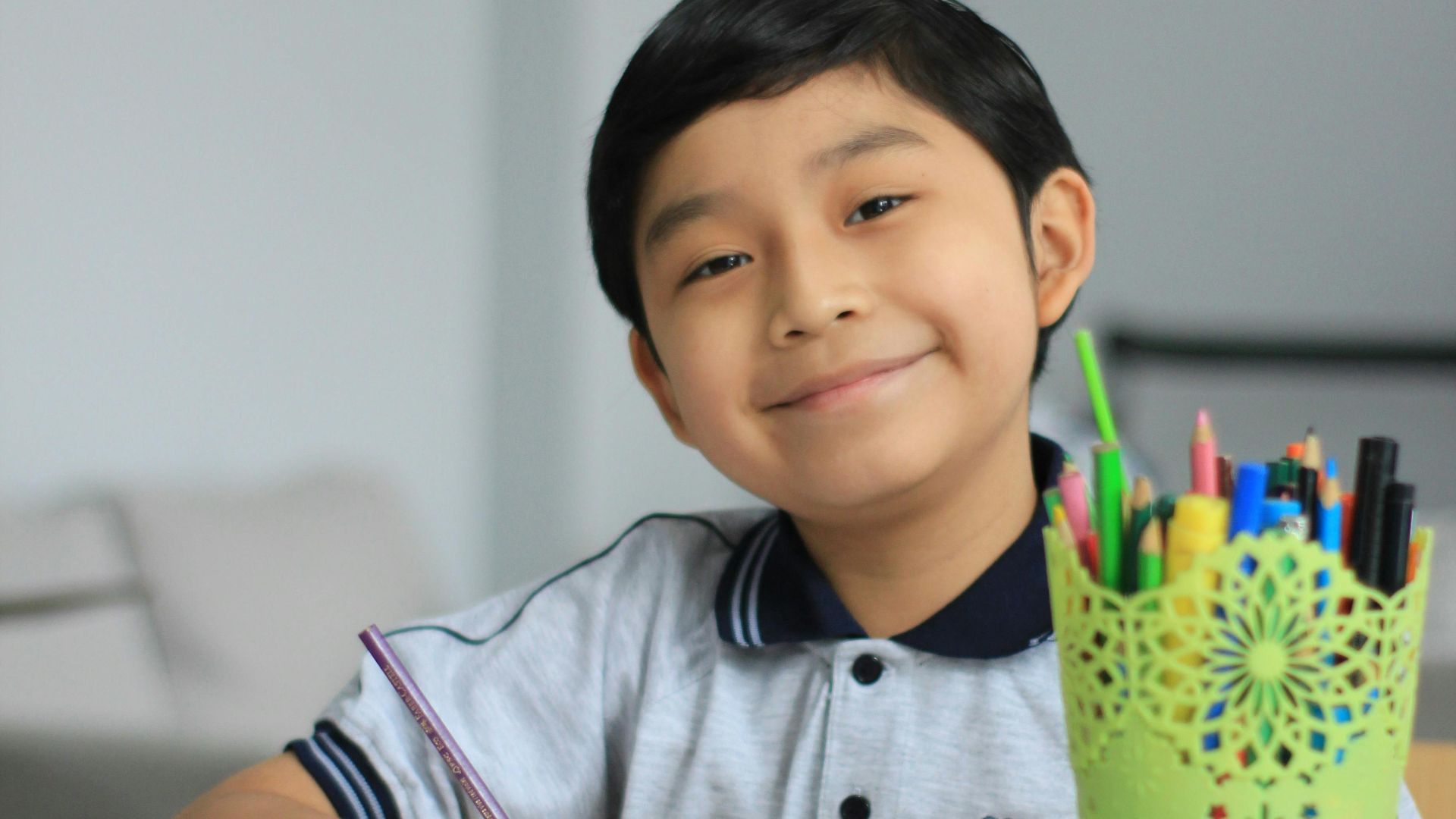How Prodigies Turn Their Gifts into Mastery
There’s a strange magic in watching a child do something adults spend decades trying to master. Us normies look on from the sidelines with a mixture of awe and envy at the seemingly arbitrary distribution of talent. And while not every prodigy burns bright forever, while they’re at their peak, it’s like glimpsing raw genius at work. Here are ten young savants who turned the improbable into the inevitable, and ten glimpses into the odd, beautiful ways they sharpened their gift.
1. Wolfgang Amadeus Mozart
Mozart wasn’t born conducting symphonies. He started with the grind like every piano study, his tiny fingers tracing scales until they became muscle memory. His father made practice less a choice than a condition of existence. Mozart learned fast, yes, but he also listened intently, and it was said he could replay entire concertos after a single hearing.
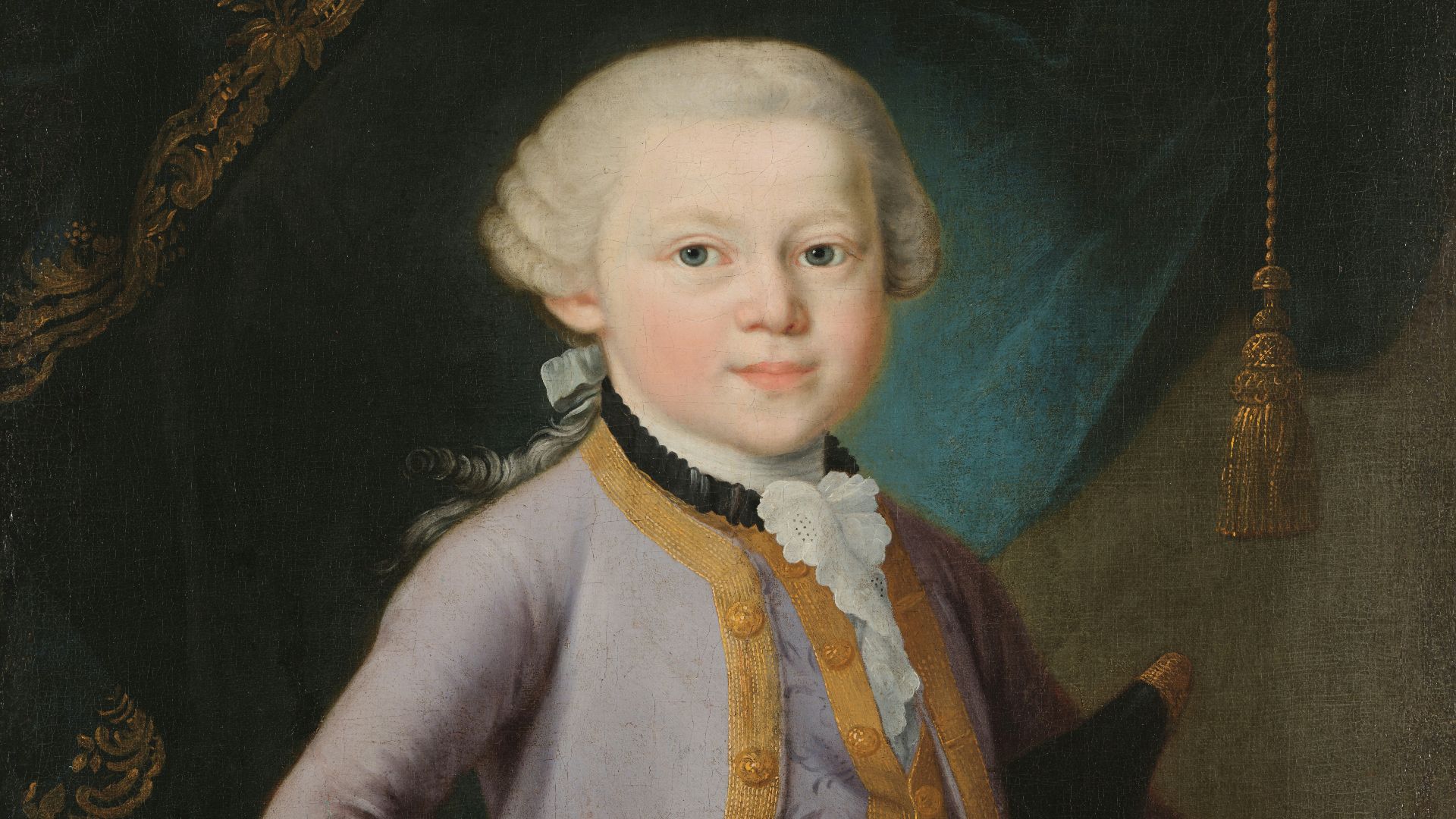 Possibly Pietro Antonio Lorenzoni on Wikimedia
Possibly Pietro Antonio Lorenzoni on Wikimedia
2. Akiane Kramarik
At four, she began painting divine visions she claimed came to her in dreams. By eight, she painted like someone who’d already lived three lives. Her parents, despite being skeptical atheists, indulged her talents, allowing her to hone her gift by painting daily.
3. Pablo Picasso
Picasso’s first word was “piz,” short for “lápiz”—pencil. He could draw before he could talk properly, but his drawings were more warped perspectives than realistic portrayals. His father, an art teacher, taught him realism. Young Pablo learned it, then gleefully dismantled it.
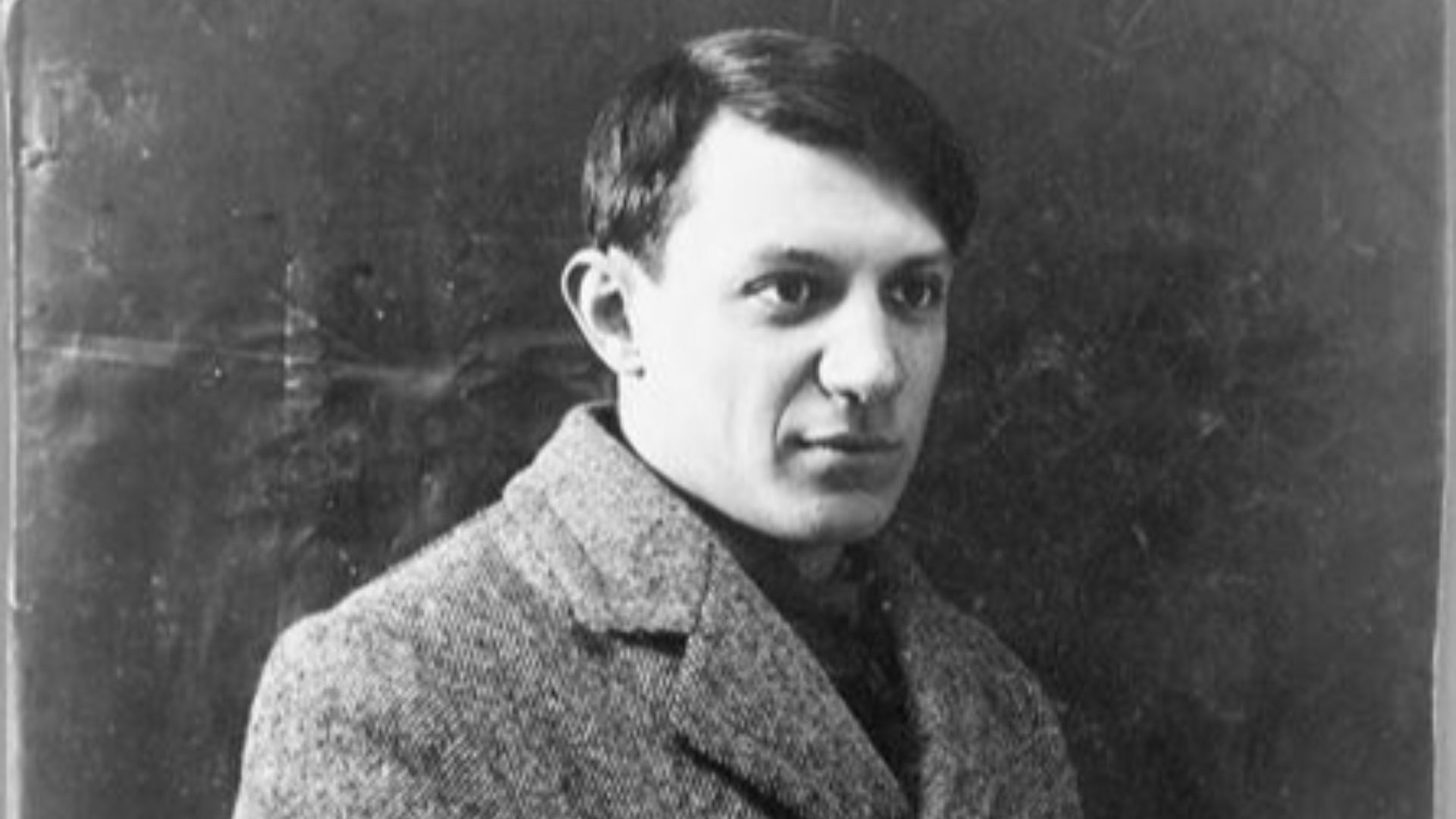 AnonymousUnknown author on Wikimedia
AnonymousUnknown author on Wikimedia
4. William James Sidis
He started reading the New York Times at 18 months and entered Harvard at 11. At 8 years old, he was already speaking eight languages. Sidis hated the attention and the public’s relentless fascination with his gifts. After a nervous breakdown at Harvard, he withdrew from public life and died young at the age of 46, penniless and alone.
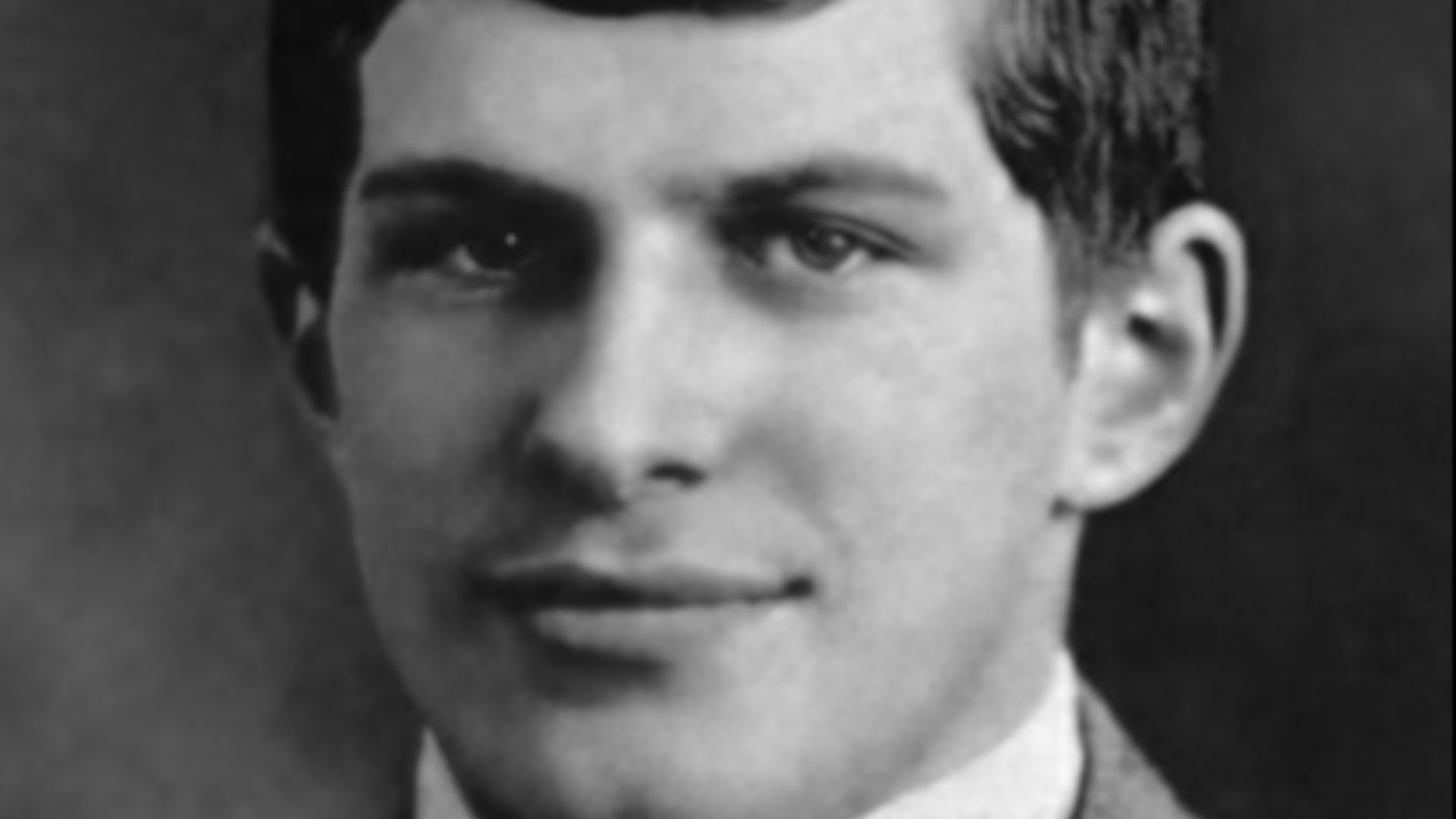 Unknown authorUnknown author on Wikimedia
Unknown authorUnknown author on Wikimedia
5. Alma Deutscher
This modern composer has often been compared to Mozart. By the age of two, she was already playing piano. By three, she was skilled with the violin and was composing by the age of six. When asked how she composes, she said melodies “just appear,” in the silence between art and life.
6. Tanishq Abraham
Abraham graduated college at 11, having studied biomedical engineering to support his dream of merging medicine and space exploration. His method of learning wasn’t cramming; it was joyful absorption. He didn’t just ask questions; he followed the trail of his curiosity and treated learning like play.
7. Aelita Andre
She was two when galleries first showed her paintings. Sometimes she’d mix sand or leaves into paint, just to see what happened. Her parents let her go wild, never correcting her wilder innovations on the canvas. Maybe that’s how creativity survives childhood—when no one rushes in to tidy it up.
8. Michael Kearney
Kearney graduated college at 10 and was teaching at Vanderbilt by 17. When he was diagnosed with ADHD, he channeled that restless energy into studying. Where others memorized their textbooks, he made stories out of facts, turning chemistry into something narrative-driven so he would remember. In his own words, learning was his antidote to boredom.
9. Ruth Lawrence
Born in 1971 in Brighton, England, she showed an uncanny grasp of numbers almost as soon as she could talk. Her father, Harry Lawrence, noticed early that traditional schooling couldn’t keep up, so he quit his job to homeschool her. She went on to graduate from Harvard and enjoyed a career as a mathematician.
10. Jake Barnett
When he was diagnosed with autism, his parents were told that he might never read or even tie shoes. By eight, Jake was auditing college-level astronomy courses. By twelve, he was conducting original astrophysics research and working on equations related to the expansion of the universe. As he grew older, Jake continued his studies, eventually pursuing advanced physics at Indiana University.
And now, here are ten ways these prodigies honed their genius.
1. They Practiced Obsessively, But Joyfully
While their talent may have appeared effortless, in reality, their aptitude hid long hours of study and practice. For these prodigies, practice was not dutiful but a form of play that they enjoyed. Mozart tinkered with melodies; Alma Deutscher turned scales into daydreams. Practice was about finding something alive inside repetition, and their discipline was love of their craft disguised as persistence.
2. They Immersed, Fully
Focus that deep isn’t learned; it’s inhabited. Picasso could draw for hours; Tanishq Abraham studied astrophysics so intently that he would forget to eat. Immersion becomes a kind of trance, a zone ordinary minds only slip into by accident.
3. They Had Mentors
All of these prodigies had someone—a family member or mentor—that encouraged their spark. A good mentor knows when to step back and when to push. Mozart’s father, Akiane’s parents, and Ruth Lawrence’s father guided their children while leaving space for them to explore. Sometimes the best thing you can do to cultivate genius is simply not interrupting.
4. They Broke Rules Early
Picasso ignored anatomy in his art, and Aelita Andre’s technique looked like a mess at a glance. Prodigies often break convention to develop new methods of doing things. The reality is, genius thrives on mischief, and every breakthrough carries a hint of rebellion.
5. They Observed Everything
Every sound, flicker, and mistake became part of their process of improvement. Jake Barnett saw cosmic order in crayon patterns, lining them up in perfect spectral order—red through violet—and then explained why the sequence mattered. Akiane saw divinity in the clouds and captured this in her art. Their abilities stemmed from finding the extraordinary in the mundane.
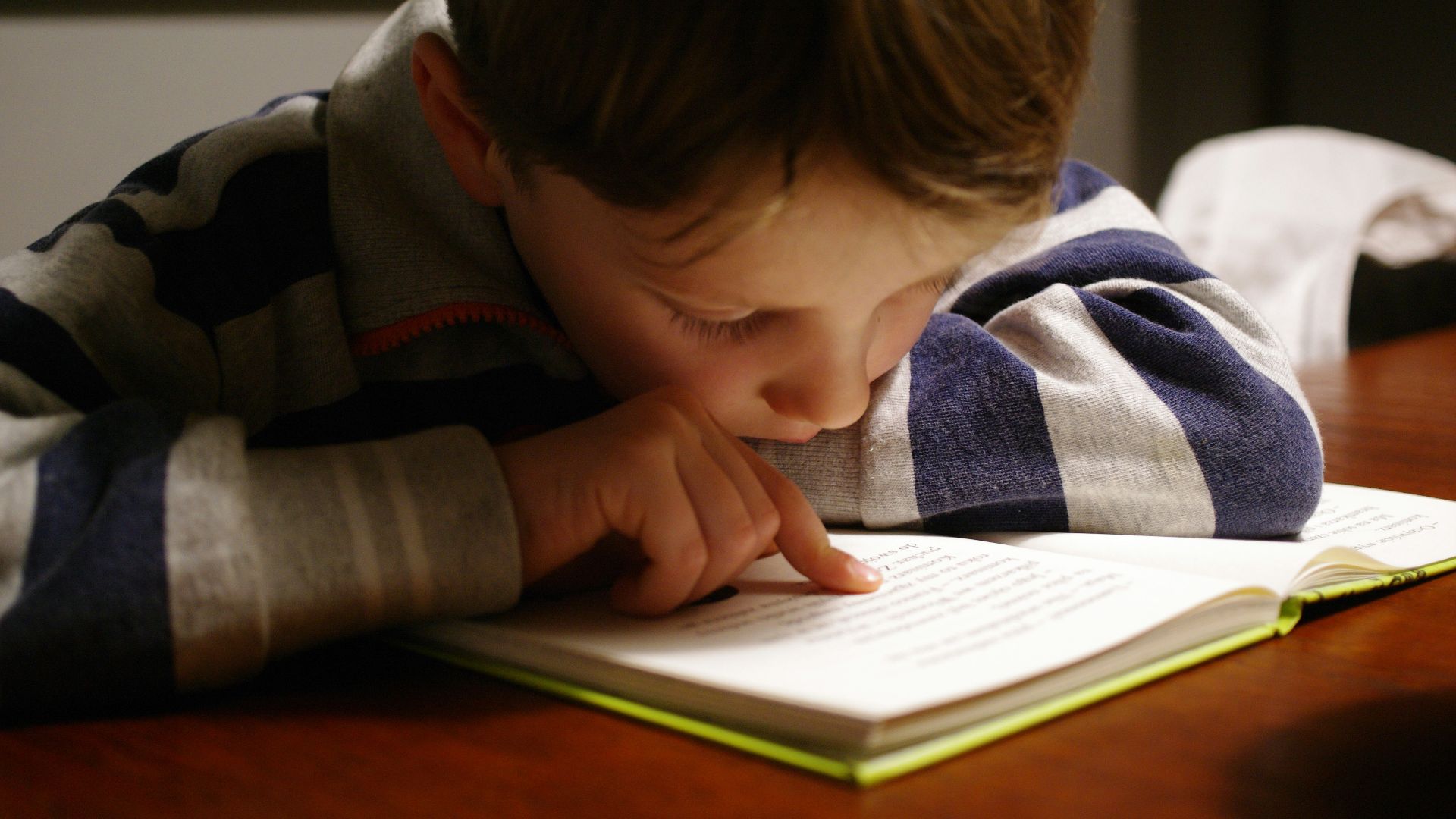 Michał Parzuchowski on Unsplash
Michał Parzuchowski on Unsplash
6. They Worked Through Boredom
They got bored, yes, but they pushed past monotony. Boredom is the unglamorous middle zone of practice where mastery hides. The difference between a normal six-year-old and a prodigy is that while one group is out playing tag, the other is practicing etudes.
7. They Turned Flaws into Tools
Diagnoses of autism and ADHD weren’t treated as disabilities but as instruments that helped funnel their abilities more precisely. Their different predispositions, often dismissed as a negative, were leveraged to facilitate deeper learning. Sometimes genius blooms because of the flaw.
8. They Found Beauty in Solitude
These prodigies didn’t regard isolation as a negative thing but as a space to grow and develop their abilities. Solitude can serve as a kind of oxygen, giving ideas room to breathe.
9. They Saw Study as Play
Astrophysics and advanced mathematics may not seem like fun to the rest of us, but for these prodigies, immersing themselves into their technical fields was a joyful process. They blurred the lines between play and discipline. Genius is often presented as grim and studious, but it can also be a playful process.
10. They Never Stopped Wondering
Even after they gained fame for their abilities, their curiosity never dulled. The more they learned, the more their wonder deepened and the better their questions became. Genius became a noble pursuit of getting to the heart of the matter and exploring their passion to the fullest extent.



